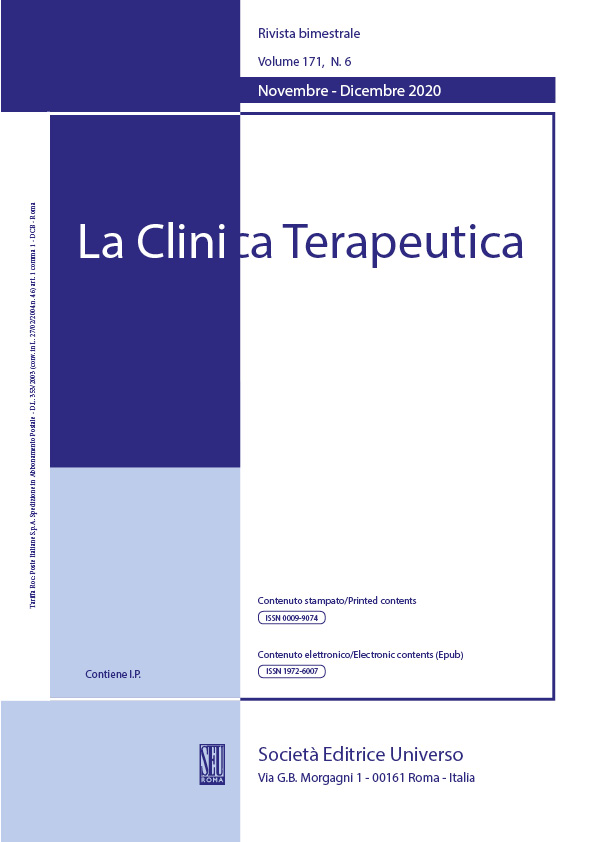Abstract
Objectives: sepsis is a “life-threatening organ dysfunction caused by a dysregulated host response to infection”, which is identified by a >2 point increase from patient baseline in the Sequential Organ Failure Assessment score (SOFAs). The prevalence and outcome of patients with sepsis has been mainly assessed in ICU patients, while few data are available for patients admitted to internal medicine wards. Our purpose was to evaluate the prevalence and the clinical outcome of patients with sepsis in an internal medicine-ward.
Design: this is a single-center retrospective observational study evaluating all patients admitted over a 2-month period (October and Novembre 2015) in the internal medicine ward of the San Giovanni di Dio Hospital in Florence. Patients with clinical and/or instrumental signs of bacterial infection were evaluated with SOFAs and divided into patients with and without sepsis.
Results: 635 patients were evaluated, and 279 of them (43.9%) were diagnosed with a bacterial infection. The diagnosis of sepsis was made in 93 patients (14.6%). In-hospital mortality and transfer to ICU were observed in 16% of patients with sepsis and in 2.5% of patients without sepsis (p<0.0001). A SOFAs value <2 had a negative predictive value of 97.5%, and increasing values of SOFAs were associated with a worse prognosis.
Conclusions: the results suggest that: a) a high proportion of patients hospitalized in an internal medicine ward are affected by sepsis; b) these patients are burdened with high in-hospital mortality or transfer to ICU; c) SOFA score has a high prognostic power.
